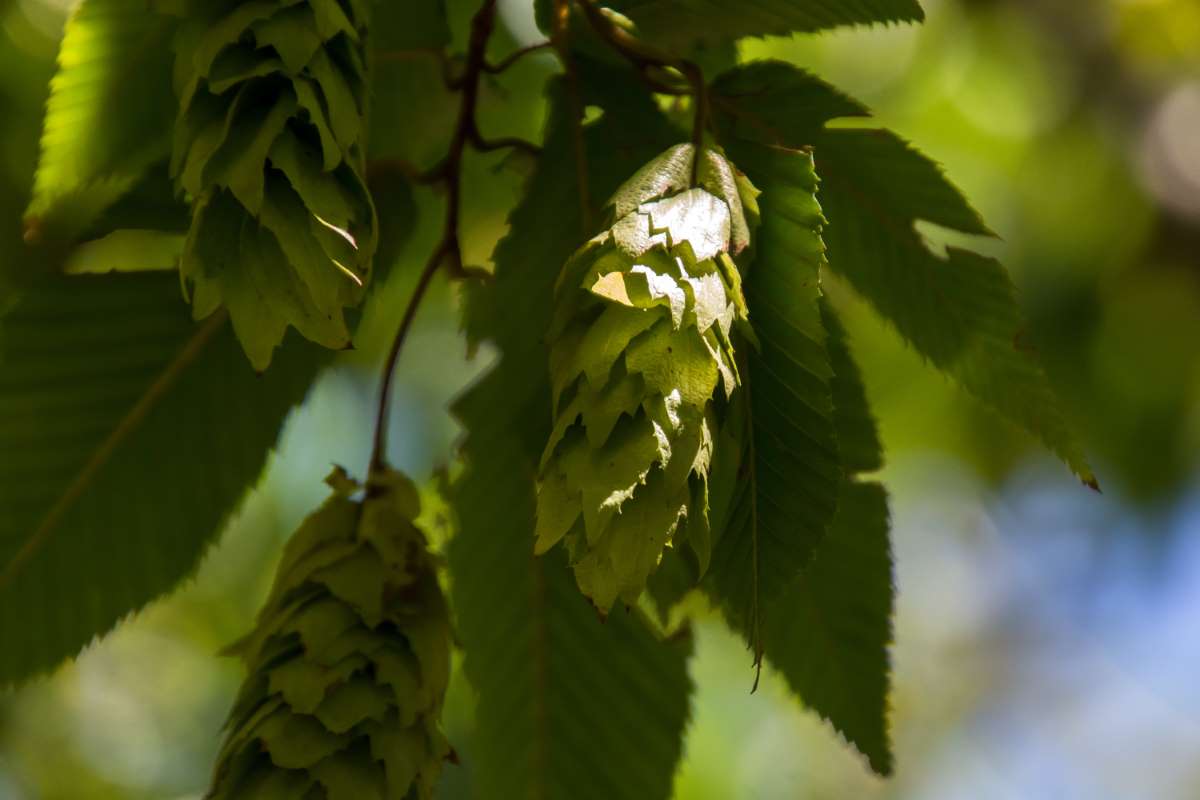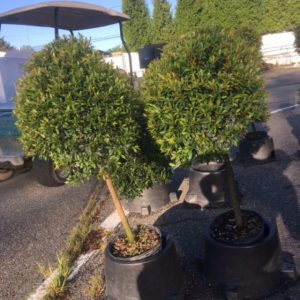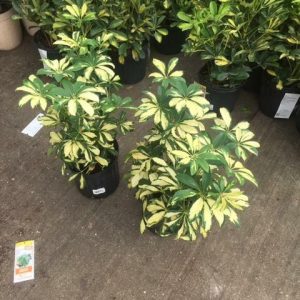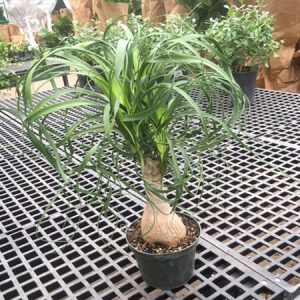Description
Carpinus – Hornbeam –
There are about 40 species of deciduous trees and shrubs, in this genus. They occur in woodland in cool climates areas of the Northern Hemisphere. They have alternate, prominently veined, smooth or toothed edged leaves and, in spring bear unisexual flowers in catkins, both male and female catkins are borne on the same plant. Hornbeams are grown for their elegant habit, ornamental foliage, autumn color, and pendent leafy bracted racemes of fruit. They are attractive specimen trees for a park or woodland, and are excellent for hedging.
Grow in moderately fertile, well drained soil in sun or partial shade.
Prone to powdery mildew, cankers, dieback, and wood-rotting fungi.
C. japonica – Japanese Hornbeam – This Japanese native is found in woods and thickets and is a broadly spreading trees 30-50′ feet tall. It has dark gray, fissured bark with lighter streaks. The leaves are heart shaped at the base and are 4″ long irregularly finely and sharply toothed with close-set veins and colors well in autumn. The fruiting catkins are compact with broad, overlapping, jaggedly toothed bracts.
Zones 5-9





